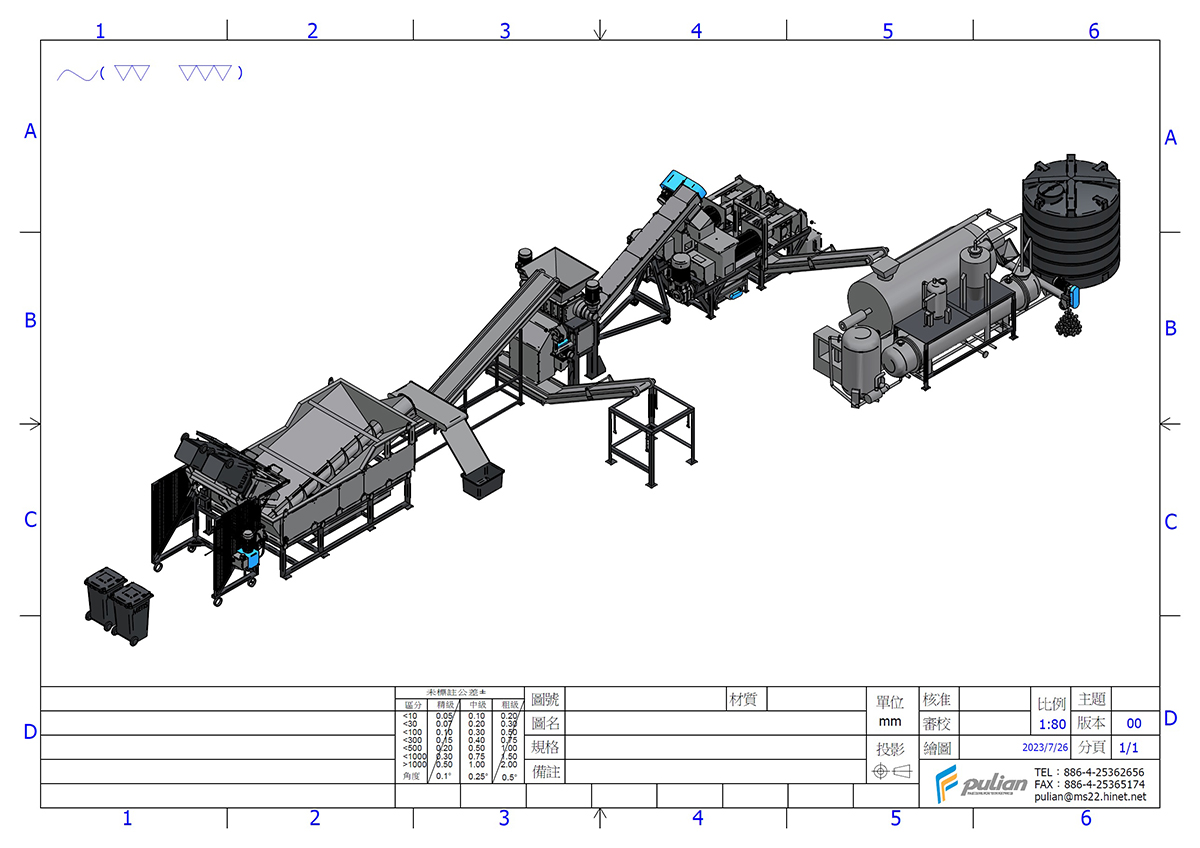1. What is raw and cooked kitchen waste?
Kitchen waste, also known as kitchen waste or food waste, is a general term for the remaining part of food after processing (including cooking), or food left after eating.
2. Sorting raw and cooked food waste
- Raw kitchen waste (all kinds of uncooked vegetables, fruits, leafy vegetables, etc.)
①Vegetables: all kinds of uncooked or rotten discarded vegetables, skins, seeds, cabbage hearts, tubers
②Fruits: all kinds of uncooked or rotten discarded fruits and peels
③Residues: tea residues, coffee residues, soybean residues...waste.
- Cooked kitchen waste (various residues that can be eaten after cooking or processing)
①Vegetables and fruits: vegetable leaves, rhizomes, fruits, candied fruit left after cooking
②Rice food: leftover rice, rice noodles, grains and other rice products after cooking
③Noodles: noodles, dough, etc. left over after cooking
④Soy products: tofu, tofu, dried tofu, etc. left after cooking
⑤Eggs and Meat: Eggs left over after cooking, chicken, duck, pork, fish, processed meat, etc.
⑥Miscellaneous grains: cakes, biscuits, dry food, bread, snacks, etc.
⑦Other categories: jam, flour, failed natto, miso and other foods or cooked foods that are no longer edible
3. Related hazards
Both raw and cooked food waste may bring some related hazards, which may cause adverse effects on the environment and health if not handled properly. The following are associated hazards:
- Environmental pollution:
If food waste is discarded at will or mixed with other garbage, it may produce stench and attract pests, mice, etc. If this waste enters the soil or water, it will release large amounts of methane and other greenhouse gases, which will have a negative impact on climate change.
- Groundwater pollution:
Raw kitchen waste that is not properly treated may seep into groundwater, causing groundwater pollution and affecting the quality of drinking water.
- Health issues:
The decaying organic matter in raw kitchen waste may release harmful gases, such as hydrogen sulfide and methane, which are harmful to human body and have cancer risk.
- Waste of resources:
If food waste is not properly disposed of, it means that organic resources cannot be recycled effectively and reusable resources are wasted.
4.Processing method
Both raw and cooked food waste are treated differently to minimize environmental and health impacts and to achieve resource recycling. The following are the ways to deal with raw and cooked food waste:
- Raw food waste treatment methods:
①Composting: The organic matter in raw kitchen waste can be composted and converted into compost through biological decomposition, which is an environmentally friendly and effective treatment method. Compost can be used to improve soil quality and increase crop yields, while also reducing the negative impact of food waste on the environment.
②Biogas fermentation:Some raw kitchen waste can also undergo biogas fermentation, and biogas is produced through the action of microorganisms, which is a renewable energy source. In this way, organic waste can be converted into energy, and it can also be used to produce organic fertilizers.
- Cooked food waste treatment methods:
①Garbage incineration: Cooked kitchen waste is sometimes incinerated together with other garbage. In modern incineration plants, food waste can be converted into heat energy through high-temperature incineration, which can then be used for power generation or heating. However, incineration of food waste will release gases such as carbon dioxide, so attention needs to be paid to controlling emissions during the incineration process.
②Resource recovery: Some cooked kitchen waste can also be recycled, such as being used as animal feed or producing animal and vegetable oils. In this way, the useful resources in food waste can be recovered and utilized to the greatest extent, and waste can be reduced.
③Transformation of organic fertilizers: kitchen waste from raw and cooked food can now be combined with high-temperature enzymes developed by innovative technology and biotechnology and advanced machinery and equipment to produce high-quality organic fertilizers with ultra-high efficiency and rapid maturation to achieve the circular economy goal of recycling and reuse .
- Food waste organic waste into energy (OWE):
At present, Pulian and German customers are committed to the development of food waste organic waste into energy (OWE), and strive to achieve effective use of resources, environmental protection and sustainable development. Organic Waste to Energy (OWE for short) is a method of processing food waste, which is the process of converting organic waste into energy. Expose food waste (organic matter) to high temperature or high pressure to remove moisture and dry it. This reduces the bulk and weight of food scraps, while also helping to reduce rotting and odor problems. The dried food waste (organic matter) can be further utilized, for example, as fuel or filler, and can also be converted into synthetic gas by gasification and input to a generator for power generation.
